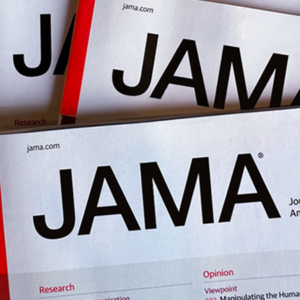פוסט זה זמין גם ב:
עברית

Guideline title 2022 ACC/AHA Guideline for the Diagnosis and Management of Aortic Disease
Release date December 13, 2022
Developer American College of Cardiology (ACC) and American Heart Association (AHA)
Funding source ACC and AHA
Target population Adults with or at risk of aortic disease
Selected recommendations
A multidisciplinary team should determine the most appropriate type of intervention for patients with acute aortic disease requiring urgent repair (strong recommendation [SR; benefit much greater than risk]; expert opinion [EO]). Patients with asymptomatic extensive disease, multiple comorbidities, or who may require complex repairs may be referred to centers with higher case volumes (≥30-40 cases/y) and a multidisciplinary aortic team (moderate recommendation [MR; benefit greater than risk]; limited data [LD]).
All patients with dilated thoracic aorta or thoracic aortic aneurysm (TAA) should have transthoracic echocardiography (TTE) at the time of diagnosis to assess aortic valve anatomy and function (SR; LD).
Repair of sporadic aortic root and ascending aortic aneurysms when they reach a maximum diameter of 5.5 cm is strongly recommended (SR; nonrandomized studies [NR]); it is reasonable to repair at a diameter of 5.0 cm when care can occur at a high-volume center with management by a multidisciplinary aortic team (MR; NR). It is reasonable to repair the aorta in patients at increased risk of adverse aortic events, and some genetic aortopathies at even lower thresholds (MR; LD).
First-degree relatives of patients with aortic root aneurysms, ascending aortic aneurysms, or history of aortic dissection should have screening for aortic disease (SR; LD).
Preconception counseling on risks of pregnancy-associated aortic dissection is recommended for patients with bicuspid aortic valve and aortic dilatation, syndromic and nonsyndromic thoracic aortic disease, and Turner syndrome (SR; LD).






